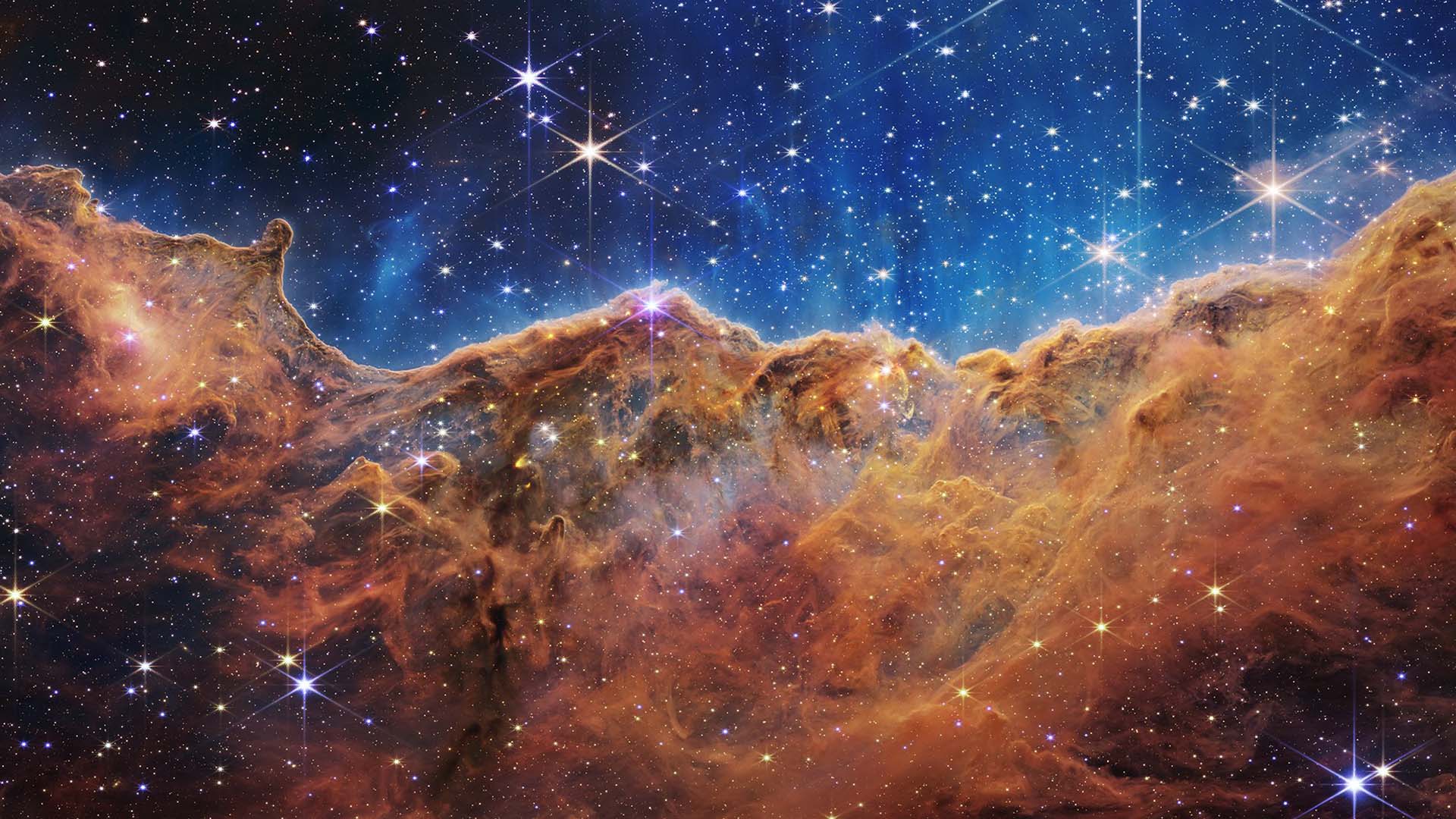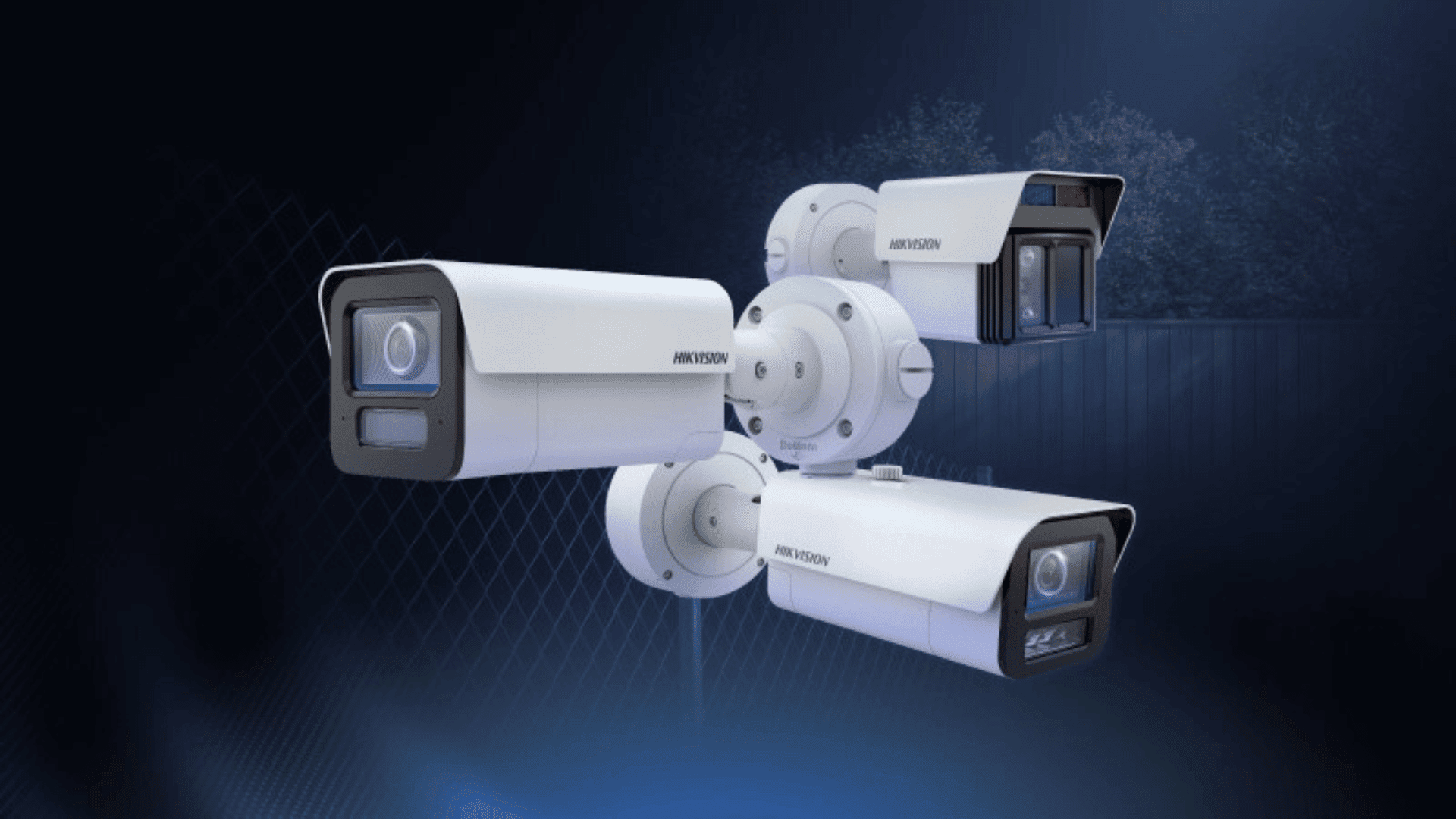On July 12, NASA released the first full-color images taken by the James Webb Telescope, the largest and most powerful observatory ever sent into space. The images include a “window” into billions of years ago and signal the beginning of scientific operations that could transform our understanding of the Universe.
The Telescope & Its Discoveries
The James Webb Telescope was created as the successor to the Hubble telescope with longer wavelength coverage and greatly improved sensitivity. Its goal? To study every phase in the history of our universe, from the big bang to the evolution of our own solar system.
To search for these phases, Webb’s mirror is coated in a layer of gold-plated beryllium that is designed to see in infrared light that has crossed 13.6 billion light-years to get to Earth. The infrared light that Webb sees enables us to study the first galaxies, other planets’ atmospheres, and how stars evolve.
Early Galaxies
The further into space scientists can look, the further back in time they can observe a galaxy. Since Webb is the farthest-seeing telescope ever created, it can observe the youngest galaxies that humanity has ever seen. A galaxy’s distance in light years translates to the number of years it takes for its light to arrive on Earth. For example, the Canis Major Dwarf Galaxy is 25,000 light years away from us, which means when we look at the Galaxy, we are seeing it as it was 25,000 years ago.
Scientists hope to look as far back as close to the Big Bang as possible, which occurred 13.8 billion years ago, alongside several other galaxies at different life stages to piece together galaxies’ developmental timeline.

Just a week after its first images were released, on July 20, the James Webb Telescope could have detected the oldest known galaxy in the universe: GLASS-z13. The red dot is possibly the oldest galaxy ever seen, dating back to 300 million years after the Big Bang. When the research is peer-reviewed, GLASS-z13 will have broken the record for the oldest galaxy ever observed by almost 100 million years.
Birth of Stars
The birthplaces of stars are full of dust that blocks scientists from seeing them. The stars’ infrared light will be able to penetrate through the dust, allowing Webb to observe infant stars with unprecedented details. Scientists hope this will provide information on how dust forms a star, why stars form in clusters, and how planets form around a star.

Webb’s first photo release included a breathtaking image of the Carina Nebula, one of the largest and brightest nebulae in the sky that gives birth to new stars. Future research into Carina Nebula will provide an unprecedented look at stars in their earliest, rapid stages of formation.
Exoplanets
The first exoplanets, a planet that orbits a star beyond our solar system, were not announced until 1992. From 2009 to 2018, NASA’s Kepler space telescope revealed exoplanets circle nearly every star in the sky, and about one-fifth of those worlds are similar to Earth in size and orbit. In other words, it revealed that planets are a common result of star formation. This abundance allows the James Webb Telescope to study these planets in detail.

For example, in one of Webb’s first exoplanet observing programs, researchers will observe three exoplanets: WASP-39b, WASP-18b, and NGTS-10b. The researchers will try to determine whether these planets have atmospheres, the make-up of the atmospheres, and the atmospheres’ ratio of carbon and oxygen. This is crucial for determining whether the planets could be habitable and where the planets formed.
Jupiter, Uranus, Neptune
Within Webb’s first five months, researchers plan on imaging Jupiter in the hope of better understanding our solar system’s largest planet’s weather, temperature, composition, and rings. Researchers also want to map out plumes of vapor rising from two of Jupiter’s moons. The sign of water vapor could indicate possible signs of life.
Scientists will also start observing Uranus and Neptune in August of this year and next June, respectively. Neptune is cooling down, and no one knows why. Scientists hope that Webb’s mid-infrared instrument can provide new maps of the chemistry and temperature of Neptune’s atmosphere.
Mars
There are currently three active rovers and one lander exploring Mars, and the James Webb Telescope will add to this research. For example, the telescope will study Mars’ weather to understand storms such as the dust storm that took out NASA’s Opportunity rover in 2018. Webb’s infrared vision can also track the history of water on the planet to help researchers determine whether life ever existed on the planet.
Considering that NASA plans to send astronauts to the red planet in the 2030s, Webb will be able to provide crucial information about Mars.
Our Solar System
Another project will target the Kuiper Belt, known as the icy “graveyard of the solar system,” which includes Pluto, its moon Charon and thousands of other objects that orbit the sun. Scientists believe the objects in this belt are left over from our solar system’s beginnings and can help us learn more about how our solar system formed.

The James Webb Telescope will also examine smaller objects in our solar system such as asteroids and comets to learn more about what they are made of. Asteroids hold information about the earlier days of our solar system because they show what materials once formed the Earth and other rocky planets. The structure of comets can also tell us what conditions around the Sun were like when the Earth was first forming.
Earth Applications
In addition to revealing a great deal of information about space, galaxies, and the universe, the James Webb Telescope has already benefited numerous projects on Earth.
For example, while testing Webb’s powerful mirrors, “wavefront sensing” was used to measure the shape of the mirrors once the telescope is in orbit. This sensing technology has led to many improvements in measurement technology used for human eyes like ocular disease diagnosis and eye surgery. Similarly, the “scanning and stitching” technology developed for the Webb telescope has led to more accurate measurements for contact lenses and intraocular lenses, enabling eye doctors to get much more detailed information about the shape and topography of your eye.
Additionally, a NASA Planetary Gear System technology developed to give precise nanometer positioning capabilities for Webb is now being used to improve electric motors, making the motors more efficient and cost-effective.
The near-infrared detectors developed for Webb’s instruments have been used in numerous scientific applications. The infrared detectors are now the universal choice for astronomical observations and are also being used for Earth science and national security missions.







